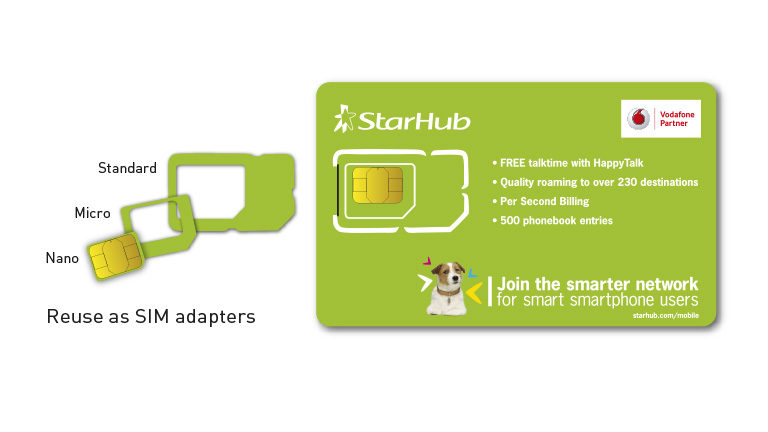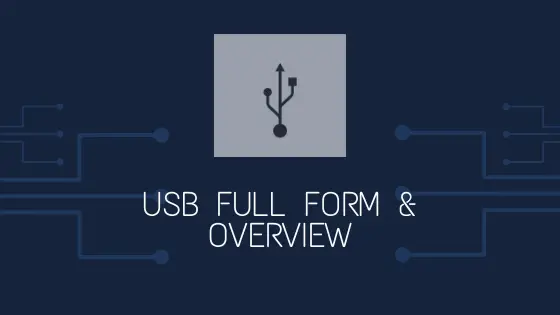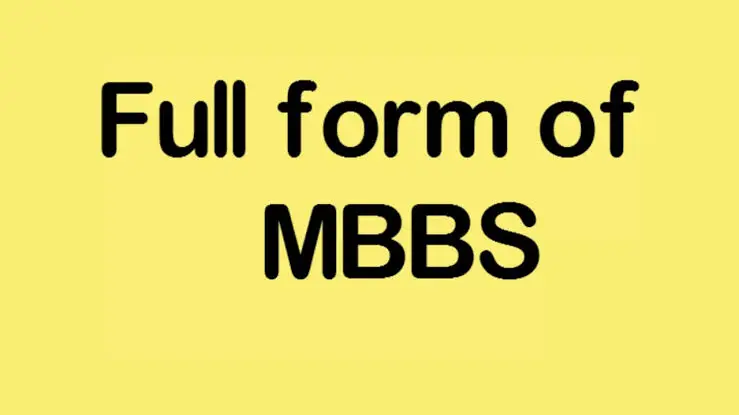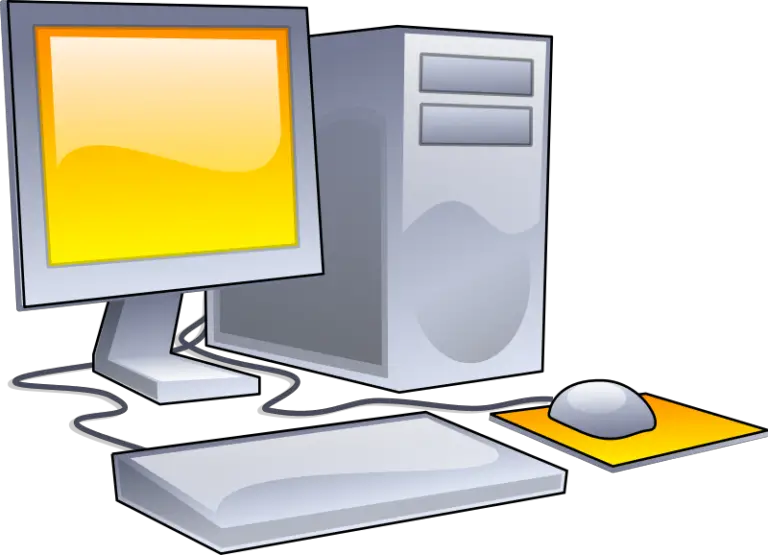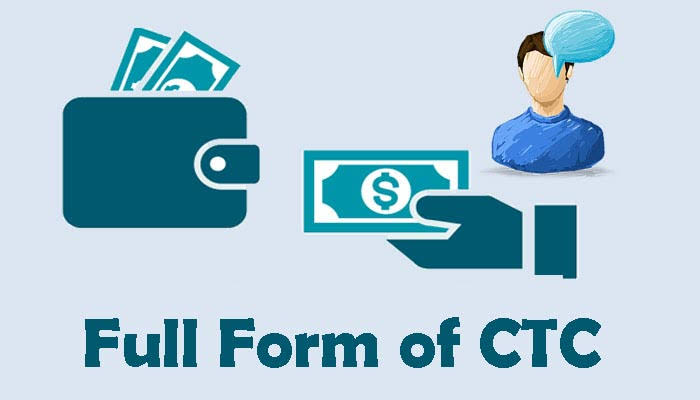PHP Full Form and Overview
Here in this article, we’re going to discuss what php is, php full form, different versions of php, and a short overview.
As you may know, PHP is one of the most widely used languages for web development; it is an open-source platform where every web developer can start coding. There are two types of programming languages:
- Client-side programming language;
- Server-side scripting language
PHP is a kind of server-side scripting language that came into existence in 1994, and the language embeds itself in HTML. The general purpose of this language is for web development.
Now, what is a server-side scripting language?
Server-side programming language works on a server, which means the program runs on the server-side and not on the client-side. In simple words, when the client request pages from the server and server perform the operation and give the output, then it is known as a server-side scripting language. The central role here depends upon the server.
PHP Full Form

PHP full form (stands for) – Hypertext Pre Processor, which was previously known as Personal Home Page.
It is a server-side scripting language that helps in building static as well as dynamic web pages. Moreover, php scripts are executed on the server, and it’s most of the syntax is borrowed from HTML, C, and C++.
Besides, PHP allows developers to create web pages quickly and easily by embedding php scripts inside HTML. Also, php only requires a web browser to run. Basically, a php file contains php tags, Html tags, text and an extension .php.
Furthermore, websites like Facebook.com, Wikipedia, Yahoo, etc. are built on php as it is the most convenient and open-source platforms. Additionally, php can deal with all significant requirements of web development such as file handling, database management, file uploading, graphics, fonts, media, arrays, objects, etc.
PHP Versions
| Version | Official Release | Notes |
| PHP 1.0 | June 8, 1995 | Developed as Personal Home Page |
| PHP 2.0 | November 1, 1997 | Official PHP language with certain features |
| PHP 3.0 | June 6, 1998 | The language started to spread vastly |
| PHP 4.0 | May 22, 2000 | More advanced |
| PHP 5.0 | July 13, 2004 | New object model |
| PHP 7.0 | December 3, 2015 | Highly advanced with more simpler syntax |
| PHP 7.3 | December 6, 2018 | Flexible Heredoc and Now doc syntax (Current version) |
| PHP 7.4 | November 28,109 | Yet to come into the market |
PHP Syntax
A php script is executed on the server, and it sent back the plain Html response to the browser. Moreover, php tags and scripts can be put anywhere inside the document, and it usually starts with (<?php) and ends with (?>)
For example:
<html>
<title> The Title </title>
<?php – (start of php script)
\\PHP code goes here
?> – (end of php script)
</html>
Advantages of Using PHP
- PHP is completely an open source platform and free to use
- Moreover, it has in-built support for MySQL database
- Besides, one can also work with other databases such as Oracle, Postgres, MS SQL, etc.
- In addition, php is a server-side scripting language, which means you need not have to install it on the client-side. It directly works on the server
- Also, it is a cross-platform that means you can work with php on any deployment, including Linux, Mac, Windows, etc.
- Easy to learn and quickly helps in creating dynamic web pages
- Unlike other languages, php is supported by all significant web hostings, making it cost-effective language
- It is also secured with multi-layer security to prevent threats and malicious attacks
PHP Flow Chart Diagram
The diagram below showcases the architecture of PHP and how it works on the server and handles the request.

Step 1: The client requests a specific page from the server.
Step 2: The request is sent from the client-side to the server-side.
Step 3: The server checks the php script, and if it is correct, it redirects the client to the requested page.
Step 4: If the script is not matched, a plain Html output is sent back as a result.
An Example of PHP Programming
Let’s see a simple example of php printing “Hello World!” to the output screen.

In the above image, you can see we have used the “Echo” function inside the php script to print ‘Hello World!’ on the output screen. This is how php scripts are embedded inside the HTML language.
The Final Takeaway
PHP full forms for Hypertext Pre Processor and is the most extensively used server-side scripting language. It is entirely free to use and open-source. Moreover, it is platform-independent and easy to learn.
There are several advantages mentioned above, which clarifies why you should learn and use php. And the best part – the language stays up to date with advanced yet simpler functions to execute.

